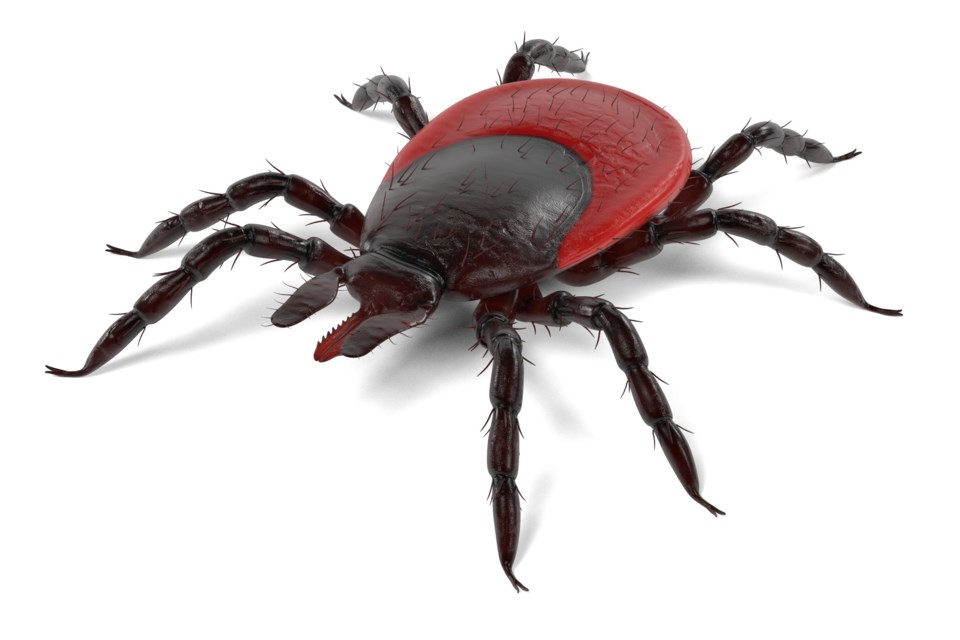OrilliaMatters received the following letter from a Lyme disease research scientist in response to 'Uptick in Lyme disease possible in Simcoe County,' which was published on Nov. 1, 2018:
Dr. Charles Gardner, medical officer of health with the Simcoe Muskoka District Health Unit, states "blacklegged ticks will spread over time due to our climate becoming more suitable to support the establishment of ticks in our area."
Nothing could be further from the truth.
Public awareness increases the number of ticks reported to the health unit, not the effects of any climate change. In fact, climate change has absolutely nothing to do with any fluctuation in blacklegged tick numbers.
Throughout winter, blacklegged ticks go down into the cool, moist leaf litter and are comfortable under an insulating blanket of snow. In summer, they again descend in the cool, moist leaf litter and rehydrate.
Because blacklegged ticks are eco-adaptive, they withstand outdoor temperatures that range from 36 degrees Celsius to minus-44 degrees Celsius at Kenora, Ont.
White-tailed deer support the reproduction of blacklegged ticks. In many parts of Ontario, overpopulation of deer have spawned an increase in tick-borne diseases, including Lyme disease. Deer herd management, which includes hunting, is a necessary management tool to reduce blacklegged tick numbers.
Contrary to Dr. Gardner, the blacklegged tick is not the only tick in Ontario, which carries and transmits the spiral-shaped Lyme disease bacterium, Borrelia burgdorferi, to people.
In fact, there are at least five tick species in Ontario that harbour Lyme disease spirochetes and can transmit Borrelia burgdorferi to humans.
Actually, the blacklegged tick is known to carry and transmit at least 10 different tick-borne pathogens in North America. Some of these pathogens can be transmitted within 15 minutes after the tick starts to feed on its host.
When it comes to blacklegged ticks, climate change is a non-issue.
John D. Scott, B.Sc. (Agr.), M.Sc.
Lyme Disease Research Scientist
Fergus, Ont.



